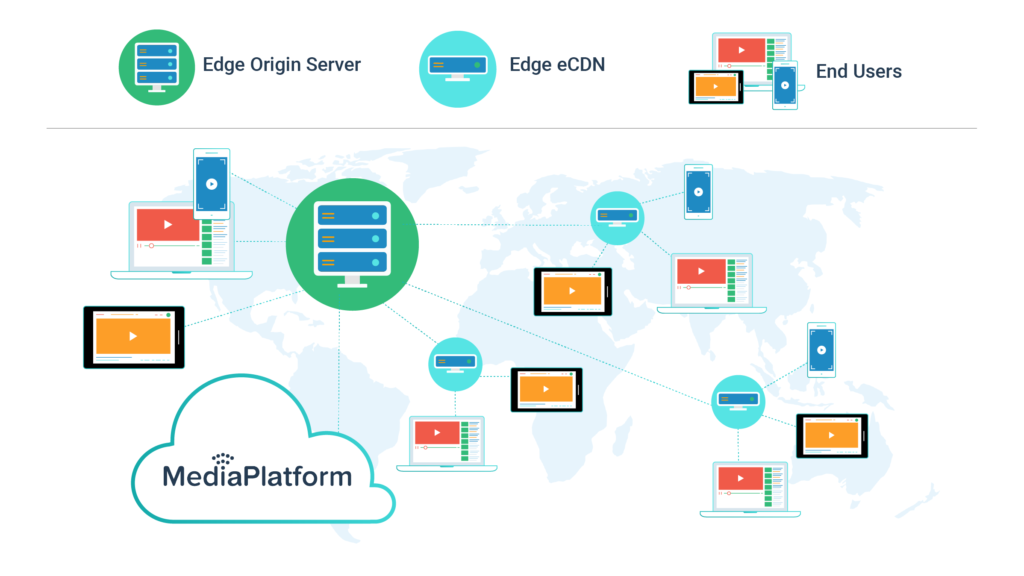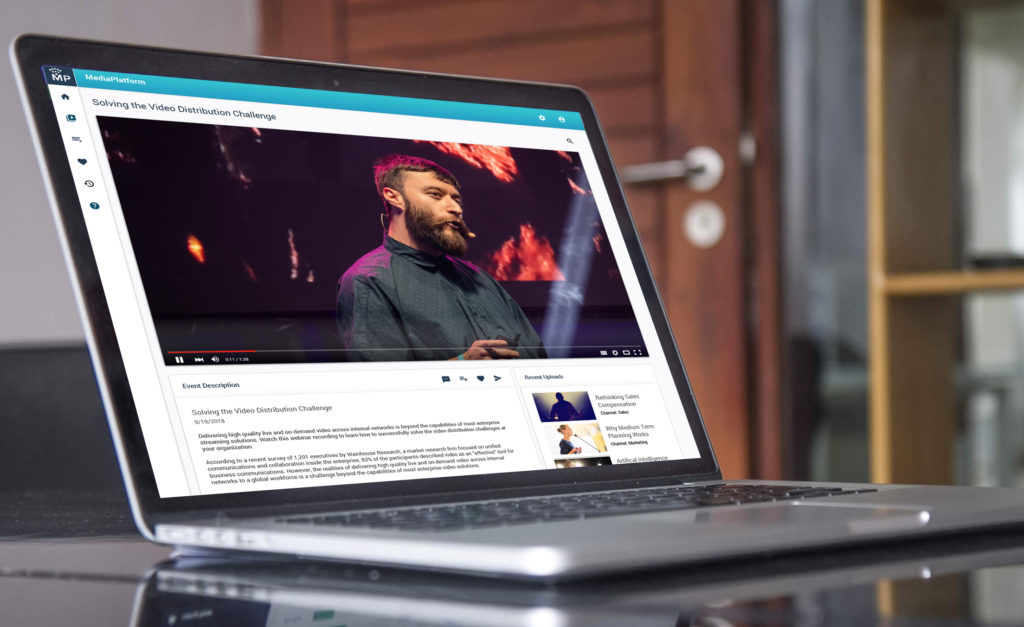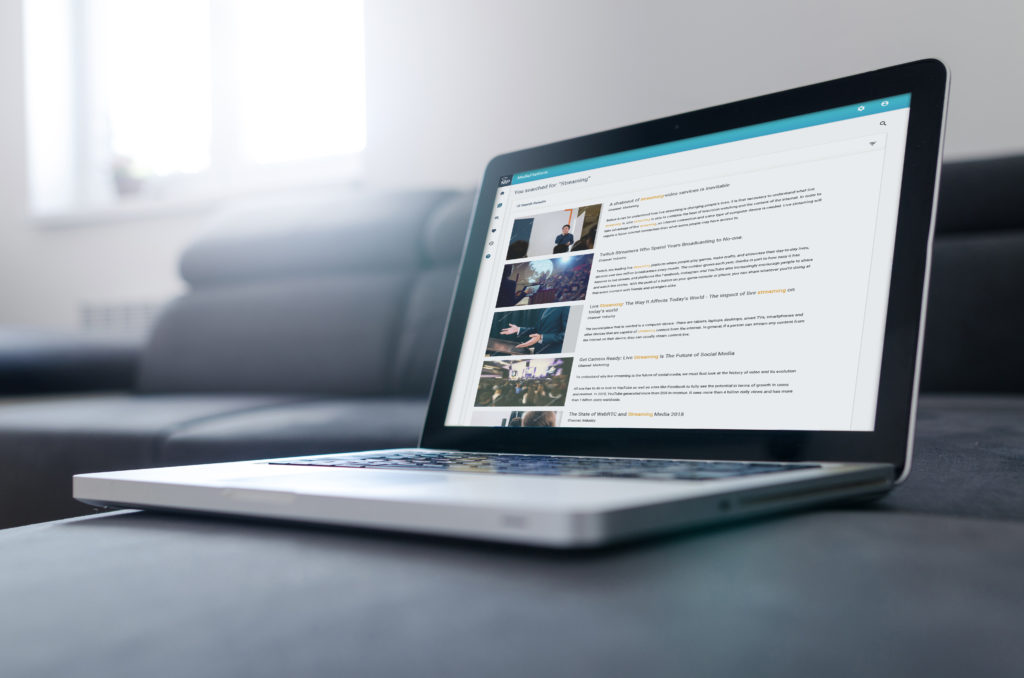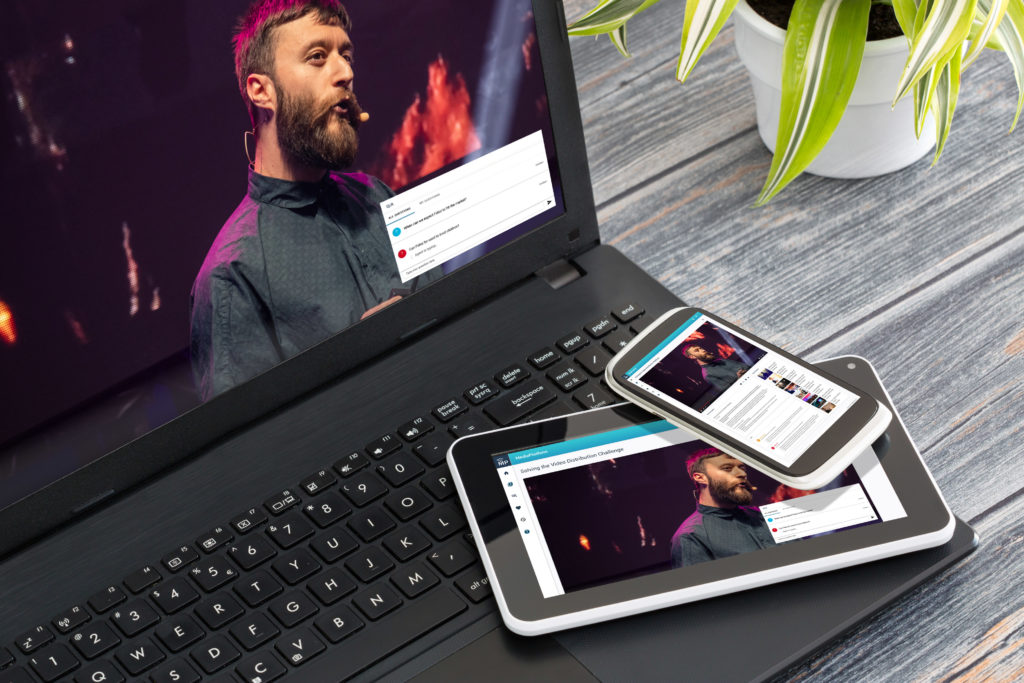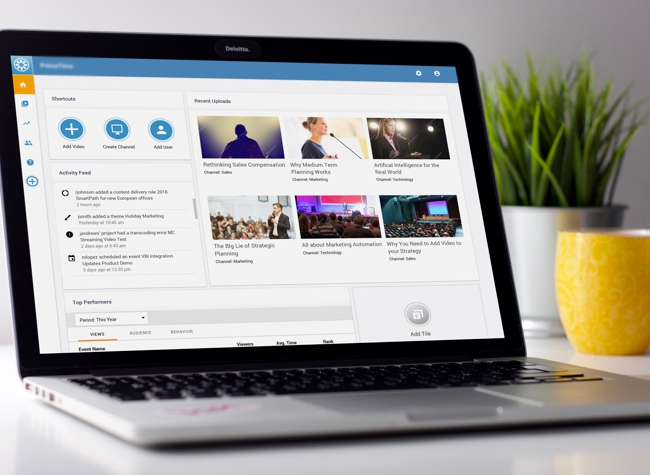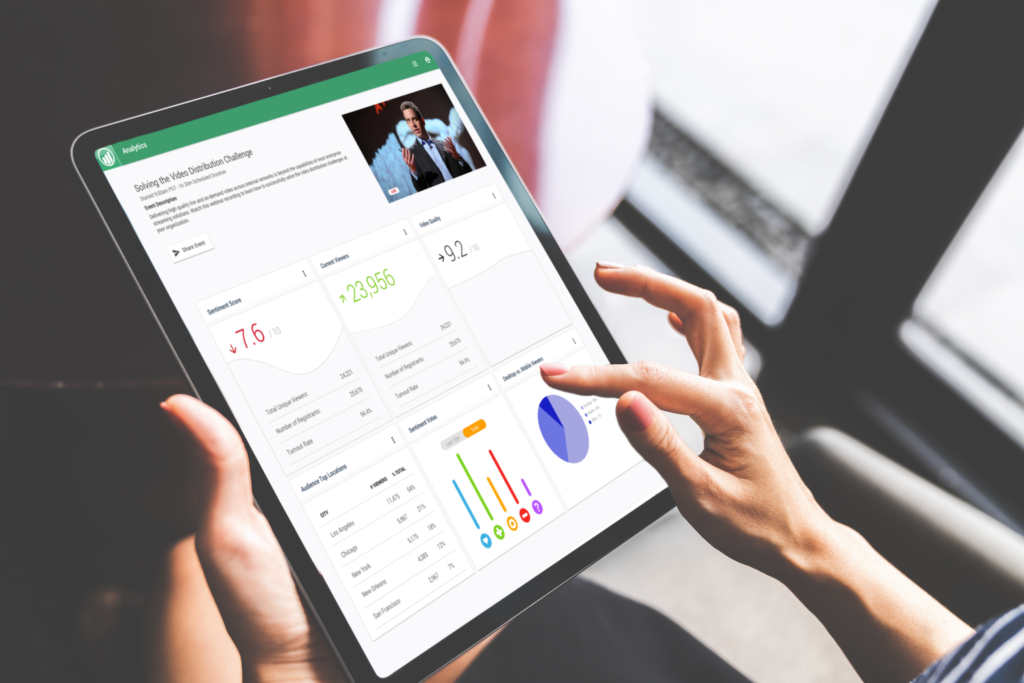History of Live Streaming
The first live streaming video event can be traced back to the summer of 1993, when Xerox PARC streamed a live performance of an American band to Australia. A few years later Apple hosted a webcast of the band Metallica in San Francisco.
Even if you are not familiar with how live streaming is utilized in the workplace, you likely have already viewed the live stream of an important event, like a sporting event. Even NASA uses live streaming.
Live streaming is online streaming media broadcasted in real time. Live streaming is happening all over the world, by amateurs and large organizations. Organizations can conduct presentations, town hall meetings, and training sessions via live streaming. This enables attendees to view the same content simultaneously no matter where they are located.
Such events slowly laid the foundation for organizations to consider using live stream to inform and educate their global employee audiences.

